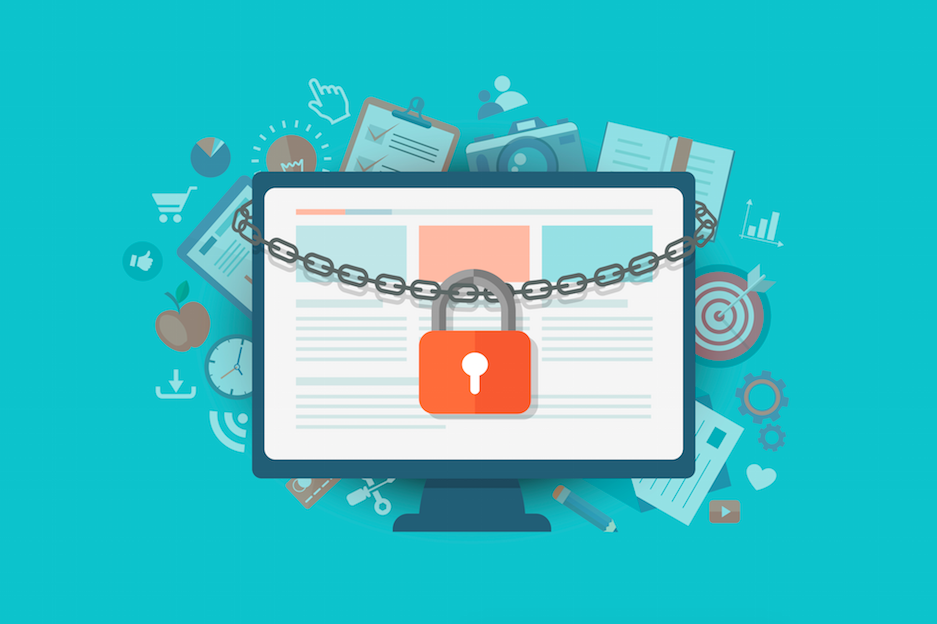The Internet of Things (IoT) means that things that can sense our world have gained a voice and a utility. We now possess myriad “things” that capture specific data, communicate about it, and contribute to systems that contextualise it.
Briefly, these devices collect data in the form of miniscule records of particular sensory states. Millions of these tiny, individual data “pixels” combine to paint a picture of an instant in time – a true unit of information.
When enough of these related data pictures are grouped together, a story emerges. It’s in these stories that the real value, and danger, of IoT lies.
From snapshots to stories
IoT enables an endless number of devices to connect to the internet, interact, and interoperate in order to make people’s lives more efficient, convenient and cost-effective.
Gartner projects that 4.9 billion devices will be connected this year, rising to 25 billion by 2020. While IoT presents its own technical challenges, there also seems to be a narrative challenge of translating the nature of IoT into something people can understand.
>See also: Get ready: the Internet of Things is the final nail in privacy’s coffin
Consider a family snapshot: when you look at the picture, you instantly comprehend the context; you recall the birthday event at which it was taken; you know the general date of the photo because your youngest wasn’t yet born; you notice Aunt Liz’s risqué wardrobe choices and instantly recall similar snapshots of other family gatherings. As they say, a picture is worth a thousand words.
Now consider what makes up that snapshot: a collection of ordered coloured pixels that reflect an instant in time from a particular perspective. Each pixel is specifically and contextually important in both its colour value and placement relative to the pixels around it – playing its tiny part to contribute to the picture as a whole.
The number of pixels, or resolution, of a picture can vary – and in some cases (Aunt Liz), lower resolution of certain pixel groups may be preferred. As with most things, the resolution quality that is required varies greatly depending upon the intended use of the picture.
Of course, time changes everything. Snapshots are one thing, but when you multiply them exponentially and string them together along a timeline, you get much more contextual imagery – video – replete with clarifying information, like the fact that Aunt Liz’s wardrobe malfunction was amplified by the wind.
With video, the contextual value of a single pixel extends beyond a single frame snapshot. By applying this thinking to IoT, you can begin to think about data pixels as a form of storytelling.
In this sense, all those little IoT devices are collectively using their voice to symbolically take snapshots, record video and tell a story. But what if that story is about you? Who owns the story, who can share it, who gets to use it, and for what purpose?
Data evolves to content
IoT sensors don’t take time off, they don’t sleep and they don’t rest. The data pixels they capture paint pictures, which combine to create unending videos of our world. When enough related data pixels are joined together, they tell the stories of our lives.
Our data evolves into content as a result of this process: data begets information, information begets context, and context begets insight. Because IoT data needs to have context and communicate with other data to have meaning, each layer relies on the one before it. Data is a
picture of the past, context is a picture of the present, and insight is a picture of the future.
But once we begin to think of our data as stories, we need to consider protecting and managing those stories. Stories are content, and content is subject to conventions. So how do we work that into our everyday lives?
With an IoT-enabled coffee maker, you can use your smartphone to schedule and adjust brew times. The device records and processes this data to surmise that you usually like your first cup at 5:30am. It prompts you to set a default auto-brew timer for 5:20am to ensure your morning coffee awaits you upon waking.
The machine continues to monitor your preferences and suggest helpful scheduling adjustments as further behavior metrics are collected. In this way, our IoT stories are formed from snapshots that show who we are, what we do and what we like. That process continues, the information accumulates, our story goes on.
Protecting your stories
Privacy, security and trust cannot be an IoT afterthought – after all, these devices are collecting our stories. Security has to be baked into the core platform from the beginning in order to explicitly manage what is happening to the information collected, who controls it, who has access to it, and what is done with it.
One of the primary concerns people have over IoT is privacy, largely because there are no explicit guidelines about what happens to all these stories once they’re floating around in the cloud.
>See also: Privacy, smart meters and the Internet of things
If we think of data as stories, the way we treat and view that data changes. It transforms from disparate bits with virtually no value into connected content, generating prized insights that tell our narratives to those who want to sell us goods and services.
Because stories are content, the conversation surrounding data is trending toward data ownership and management, and whether data as content should be subject to the same rights and privileges as traditional content. It’s a serious issue that deserves serious thought.
IoT sensors tell continuously evolving stories. With this understanding, we can better shape the way those stories are treated in the IoT landscape, and better share the value story of IoT with the world.
Sourced from Jim Hunter, chief scientist and technology evangelist, Greenwave Systems







